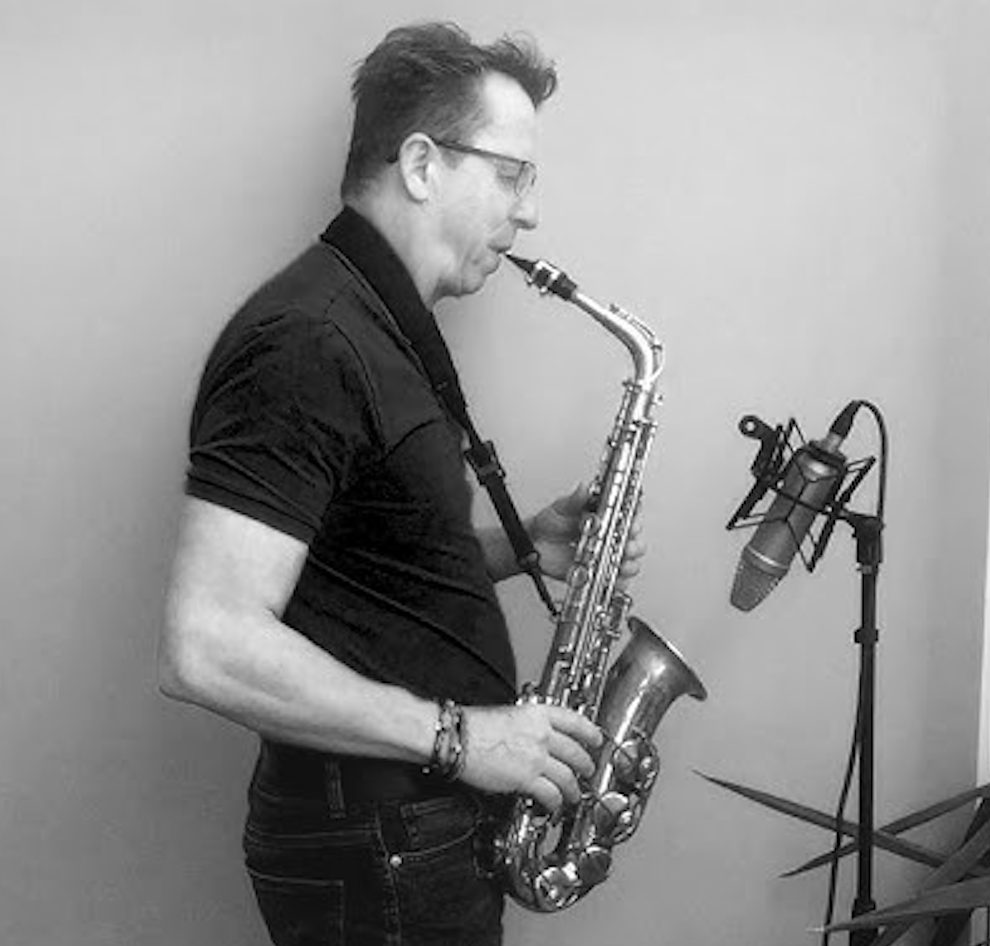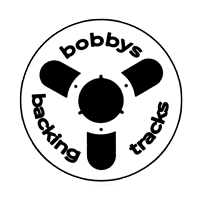Mastering the Saxophone: Modern Methods for Learning Jazz Music
When it comes to jazz music, the saxophone has held a significant place in its evolution and expression. From the sultry tones of John Coltrane to the raw energy of Charlie Parker, learning to play jazz saxophone is a fulfilling and exhilarating journey. With advancements in technology and education, aspiring musicians have a plethora of methods at their disposal. In this blog post, we will explore the best ways to study saxophone jazz music, including traditional university programs, online courses, and innovative online resources like YouTube and backing tracks.
- Traditional Music Schools and Universities
While many modern methods have surfaced in recent years, nothing quite replaces the structure and depth of a formal education. Enrolling in a music school or university program dedicated to music studies, particularly jazz saxophone, can be transformative.
Benefits of Music Schools
- Structured Learning: In a university setting, students benefit from a structured curriculum that encompasses music theory, composition, and specifically, jazz improvisation. Courses are designed to develop both technical skills and musical understanding.
- Access to Expert Instructors: Professors and instructors at music schools are often seasoned professionals with years of experience in the field. Learning directly from established artists creates a robust learning environment where you can gain firsthand insights.
- Networking Opportunities: Being surrounded by peers and faculty passionate about jazz opens up networking opportunities. Collaborating with fellow musicians often leads to jam sessions, gigs, and even lifelong friendships.
- Performance Opportunities: Music schools typically provide a platform for students to perform regularly. Whether through ensembles, big bands, or solo showcases, these opportunities allow musicians to gain performance experience and confidence.

Challenges
While traditional education has its merits, it also comes with a few challenges, such as high costs and the need for a significant time commitment. Not every aspiring saxophonist may be able to relocate or enroll due to these factors, which leads us perfectly to the next method.
- Online Methods of Learning
In today’s digital age, online learning has exploded in popularity and efficacy. With numerous resources available online, aspiring jazz saxophonists can acquire skills right from the comfort of their homes.
Benefits of Online Courses
- Flexibility: Online courses offer an unparalleled level of flexibility. Many platforms allow musicians to learn at their own pace, whether that’s taking lessons daily or dedicating only a few hours a week.
- Diverse Learning Resources: Websites like Coursera, Skillshare, and Udemy host various courses tailored to jazz saxophone players. From beginner lessons to advanced improvisational techniques, the selection is vast.
- Affordability: Compared to traditional music schools, online courses are often significantly cheaper. This opens opportunities for a wider range of students to access high-quality instruction.

Recommended Platforms
- Coursera: Offering courses in jazz theory and improvisation from reputable institutions, Courses are ideal for those looking to understand the practical applications of jazz in a structured manner.
- Artist Works: This platform features personalized video exchanges where students can upload their performances and receive feedback from experienced instructors.
- Sax School: Tailored specifically for saxophonists, Sax School provides a treasure trove of video lessons, including jazz-specific improvisation techniques.
- YouTube: A Wealth of Resources
YouTube is an abundant resource for aspiring jazz saxophonists, with countless videos available for learning everything from basic techniques to advanced improvisation.
Engaging YouTube Instructors
- Jazz Trombone: Known for detailed lessons, this channel breaks down complex solos and improvisational techniques, making it easier for students to understand and apply them.
- The Saxophone Masterclass: This channel includes tutorials on playing styles, practice tips, and interviews with renowned saxophonists, providing a comprehensive view of jazz saxophone mastery.
- Lick Library: This channel offers a wealth of content centered around jazz improvisation phrases, jazz lines, and approaches to playing standards.

Interactive Learning with YouTube
YouTube allows users to interact with content in real-time, enabling them to stop, pause, and practice along. Many instructors encourage this type of hands-on approach, making the learning process both engaging and enjoyable.
- Backing Tracks: Playing Along
Once you feel comfortable with your skills, playing along with backing tracks can significantly enhance your learning process.
Finding Quality Backing Tracks
Platforms like YouTube and dedicated websites offer thousands of jazz backing tracks that cater to all skill levels. The benefit of using these tracks is twofold:
- Real-World Practice: Backing tracks replicate the experience of performing with a band, allowing you to implement what you’ve learned in a musical context.
- Improvisation Skills: Many jazz backing tracks are designed for improvisation practice, helping you apply your scales, chords, and licks in a real-time setting.

Recommended Backing Track Resources
- YouTube Channels Dedicated to Backing Tracks: Many channels offer high-quality jazz backing tracks based on popular chord progressions and standards (think “Autumn Leaves” or “Blue Bossa“).
- Jazz Standards Play-Along Apps: Apps like iReal Pro allow you to customize a track, changing tempo and key to suit your needs, making practice sessions tailored and efficient.
- Create a Routine that Works for You
Regardless of the method you choose, developing a consistent practice routine is critical. Regular practice reinforces skills and leads to continuous improvement. Here are some tips to establish a beneficial routine:
- Set Clear Goals: Identify specific goals for your practice, such as learning a new scale, mastering a song, or refining your improvisation skills.
- Mix Methods: Combine online courses, YouTube videos, and practice with backing tracks to ensure a well-rounded approach to learning.
- Record Yourself: Recording your practice sessions allows you to track progress and develop critical listening skills.
- Join Online Communities: Engage with fellow saxophonists in forums or social media groups. Sharing experiences, tips, and feedback can be incredibly motivating.
- Stay Inspired: Listen to your favorite jazz saxophonists. Engaging with their music can reignite your passion for learning.
Conclusion
Becoming proficient in jazz saxophone takes dedication, time, and a love for the music. The good news is that with the plethora of modern methods available today, there is something for everyone. Whether you choose to pursue a formal education through music schools or universities, explore online courses, dive into YouTube tutorials, or practice with backing tracks, the pathway to learning jazz is more accessible than ever.
Remember that every musician’s journey is unique, and it’s the combination of different approaches that can create a rich and fulfilling learning experience. Take the plunge, immerse yourself in the vibrant world of jazz, and enjoy the incredible journey that learning the saxophone has to offer.
Happy learning on the adventure and journey of improvisation.


